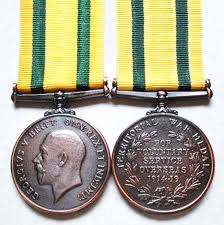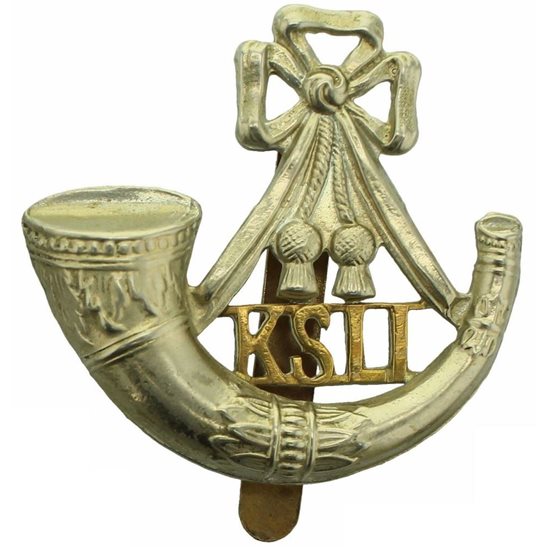Personal Details
Born: 28 February 1879 in Whitchurch, Shropshire and baptised on 13 March the same year in St. Alkmund’s Parish Church, Whitchurch.
Family: He was the sixth of seven children born to Charles Woodhall, a carpenter and joiner and his wife Eliza. He married Emily Crewe in 1908 in Whitchurch, Shropshire. The couple adopted two children, Colin (Bowen) born in 1912 and John (Mellor) born in 1918.
Residence: At the time of his baptism in 1879 and in 1881 he and his family were living at Havannah Buildings, Whitchurch. By 1891 the family had moved to 24 Claypit Street, Whitchurch and in 1901 they were living at 14 Pepper Street, Whitchurch. In 1911 and now married, he was living at 3 Liverpool Road, Whitchurch. This continued to be his home until his death in 1952. However, an address of 10 Park Terrace, Whittington Road, Oswestry, Shropshire was given for him on his pension index card in 1918.
Employment: In 1901 and 1911 his occupation was a bricklayer`s labourer and in 1939 a builder`s labourer.
Died: In 1952 in Whitchurch and buried on 20 December 1952 in Whitchurch Cemetery, aged 73.
Military Details
Regiment: King’s Shropshire Light Infantry
Rank: Private
Service Number: 200330 (previously 1764)
Date of Enlistment: 1 March 1913
Date of Discharge: 17 September 1918
Reason for Discharge: No longer physically fit for war service
Other Information: His brother, Thomas Woodhall, also fought in WW1.
Ernest was awarded the Campaign medals (British War Medal and Victory Medal), the Silver War Badge (number B2394) issued 10 September 1918 and the Territorial Force War Medal

The British War Medal (also known as 'Squeak') was a silver or bronze medal awarded to officers and men of the British and Imperial Forces who either entered a theatre of war or entered service overseas between 5th August 1914 and 11th November 1918 inclusive. This was later extended to services in Russia, Siberia and some other areas in 1919 and 1920. Approximately 6.5 million British War Medals were issued. Approximately 6.4 million of these were the silver versions of this medal. Around 110,000 of a bronze version were issued mainly to Chinese, Maltese and Indian Labour Corps. The front (obv or obverse) of the medal depicts the head of George V. The recipient's service number, rank, name and unit was impressed on the rim.
The Allied Victory Medal (also known as 'Wilfred') was issued by each of the allies. It was decided that each of the allies should each issue their own bronze victory medal with a similar design, similar equivalent wording and identical ribbon. The British medal was designed by W. McMillan. The front depicts a winged classical figure representing victory. Approximately 5.7 million victory medals were issued. Interestingly, eligibility for this medal was more restrictive and not everyone who received the British War Medal ('Squeak') also received the Victory Medal ('Wilfred'). However, in general, all recipients of 'Wilfred' also received 'Squeak' and all recipients of The 1914 Star or The 1914/1915 Star (also known as 'Pip') also received both 'Squeak' and 'Wilfred'. The recipient's service number, rank, name and unit was impressed on the rim.

The Silver War Badge was issued in the United Kingdom and the British Empire to service personnel who had been honourably discharged due to wounds or sickness from military service in World War I. The badge, sometimes known as the "Discharge Badge", the "Wound Badge" or "Services Rendered Badge", was first issued in September 1916, along with an official certificate of entitlement.

The Territorial Force War Medal was a campaign medal awarded to members of the British Territorial Force and Territorial Force Nursing Services who served overseas in World War I; it is the rarest of the five British Great War medals.
The medal was established in April 1920 for award to members of the Territorial Force and Territorial Force Nursing Services who volunteered for service overseas on or before 30 September 1914, and served overseas. They had to have been serving with the force on 4 August 1914 or have completed four years service with the force before 4 August 1914 and rejoined the force on or before 30 September 1914.

